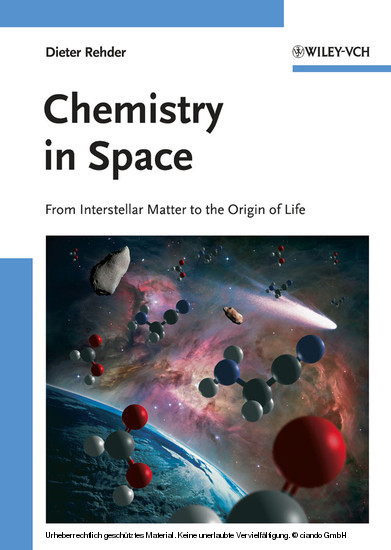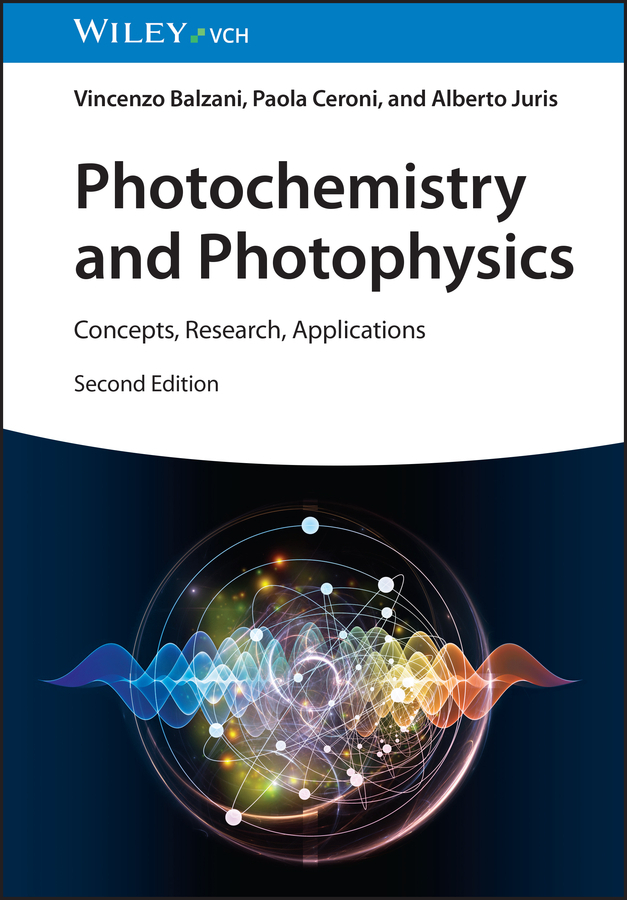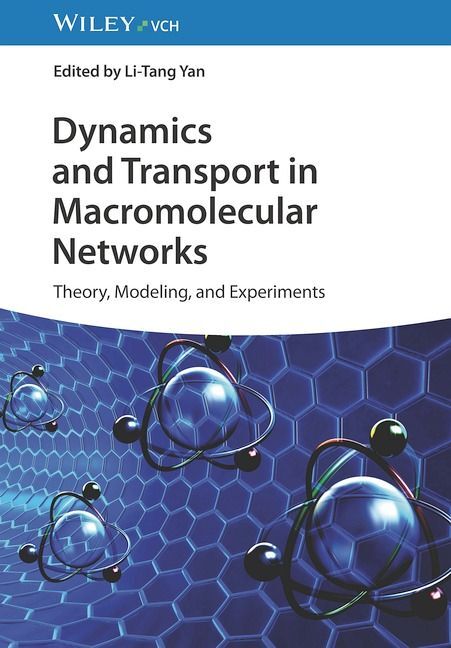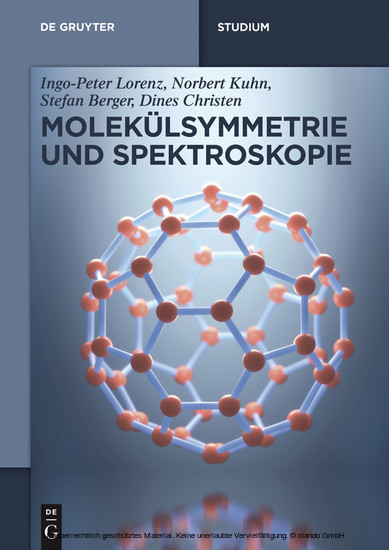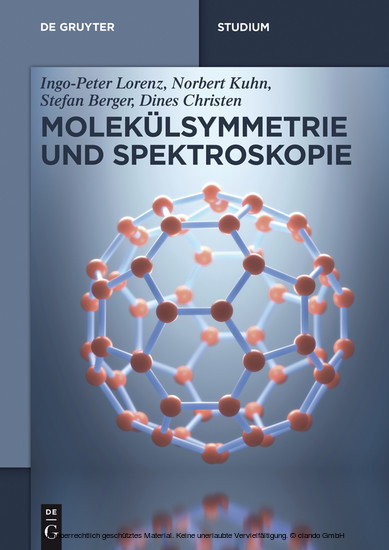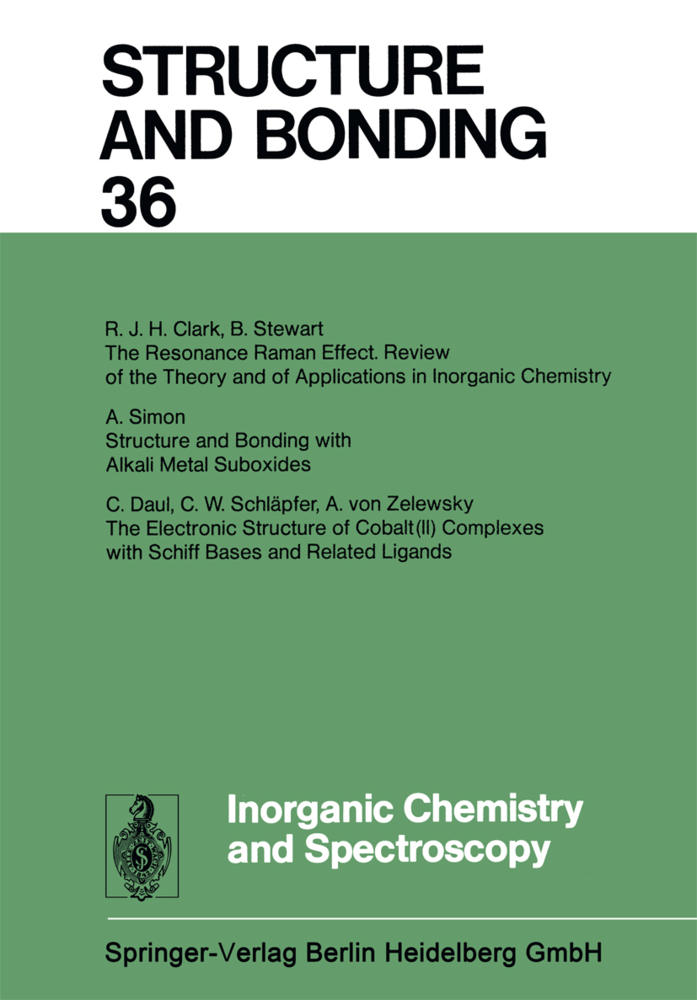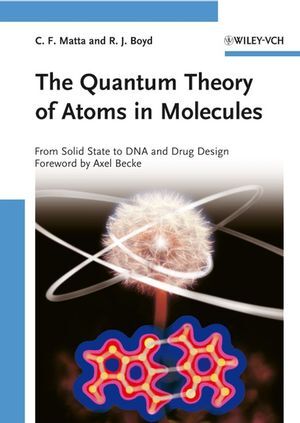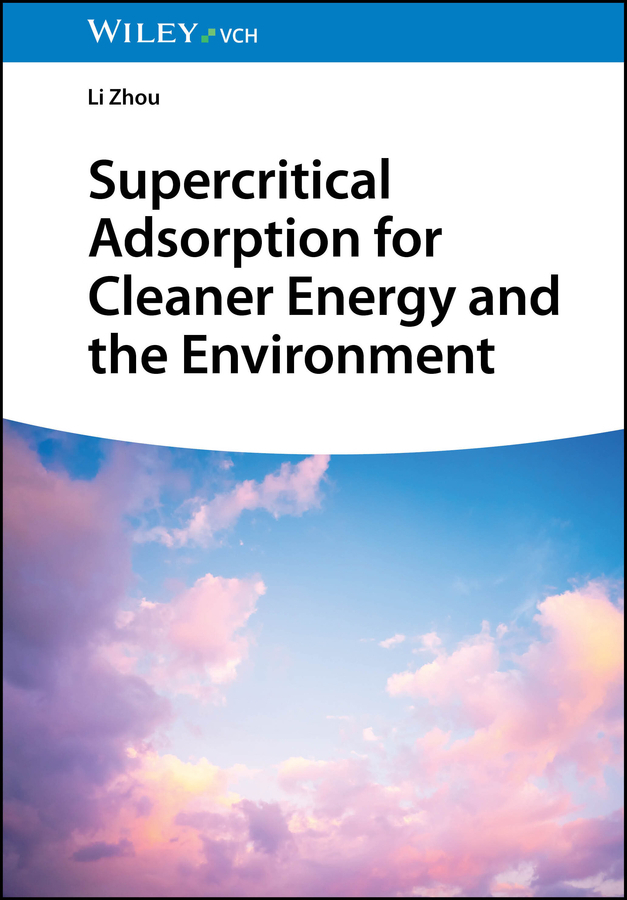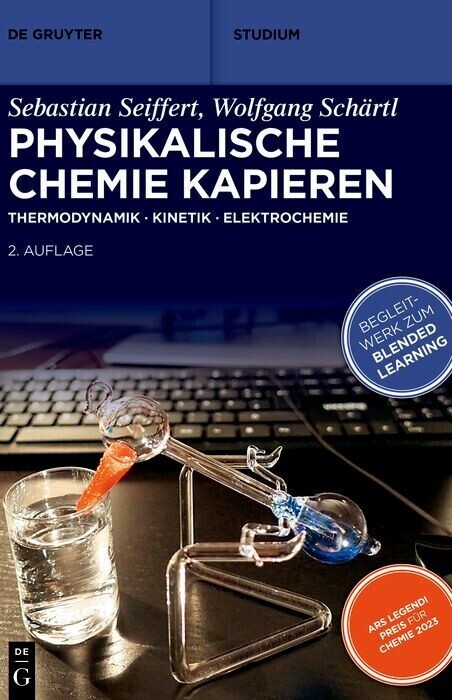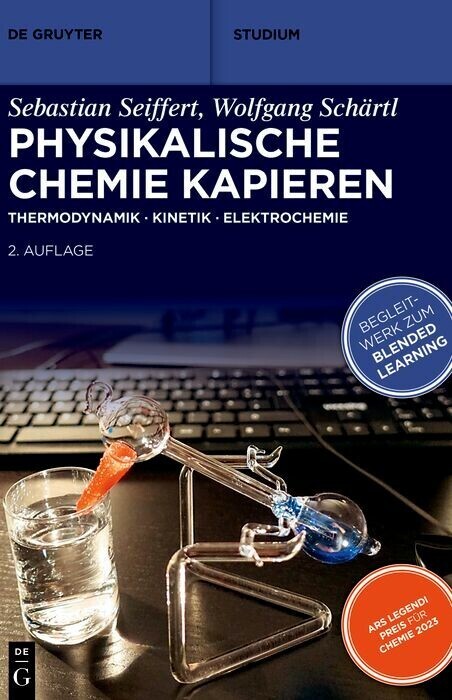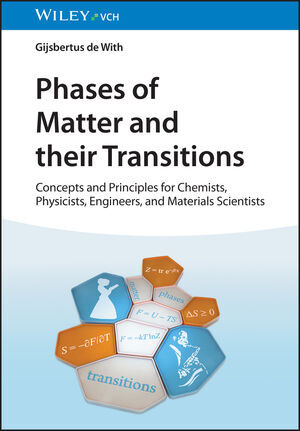Chemistry in Space
From Interstellar Matter to the Origin of Life
The dynamic field of extraterrestrial chemistry brings together ideas of chemistr, astrophysics, and biology to the study of molecules between stars, around stars, and on plantes. This book serves as an introduction to chemial processes under ¿unearthly¿ and hence usually extreme conditions (temperature, pressure, high or low density, bombardment by cosmic rays), and their impact on the early development of our solar system, as well as providing a deeper understanding of processes in earthly regions where conditions approach those of extraterrestrial areas.
A unique and extraordinary perspective written with chemists in mind. An excellent practical book for inorganic, and physical chemists, spectroscopists, astronomers, and libraries.
From the contents:
* Introduction and technical notes
* Origin and development of the universe
* Stars
* The interstellar medium
* The solar system
* Exoplanets
* The origin of life
Dieter Rehder is a Chemistry Professor at the University of Hamburg, Germany. He obtained his academic degrees in Chemistry and Astronomy at the University of Hamburg, and was appointed Professor in Hamburg after two-and-a-half years of teaching appointments at The College of Arts Science and Technology in Kingston, Jamaica. He has authored about 280 publications, and received the Vanadis Award for outstanding research in vanadium chemistry in 2006. His main teaching obligations encompass Organometallic Chemistry, NMR Spectroscopy (metal neclei), and Bioinorganic Chemistry. In 2008/09, he was guest lecturer at the University of Lund (Sweden).
A unique and extraordinary perspective written with chemists in mind. An excellent practical book for inorganic, and physical chemists, spectroscopists, astronomers, and libraries.
From the contents:
* Introduction and technical notes
* Origin and development of the universe
* Stars
* The interstellar medium
* The solar system
* Exoplanets
* The origin of life
Dieter Rehder is a Chemistry Professor at the University of Hamburg, Germany. He obtained his academic degrees in Chemistry and Astronomy at the University of Hamburg, and was appointed Professor in Hamburg after two-and-a-half years of teaching appointments at The College of Arts Science and Technology in Kingston, Jamaica. He has authored about 280 publications, and received the Vanadis Award for outstanding research in vanadium chemistry in 2006. His main teaching obligations encompass Organometallic Chemistry, NMR Spectroscopy (metal neclei), and Bioinorganic Chemistry. In 2008/09, he was guest lecturer at the University of Lund (Sweden).
1;Chemistry in Space: From Interstellar Matter to the Origin of Life;1 1.1;Contents;7 1.2;Preface;11 1.3;1: Introduction and Technical Notes;13 1.3.1;References;17 1.4;2: Origin and Development of the Universe;19 1.4.1;2.1 The Big Bang;19 1.4.2;2.2 Cosmic Evolution: Dark Matter-the First Stars;22 1.4.3;2.3 Cosmo-Chronometry;24 1.4.4;Summary;27 1.4.5;References;27 1.5;3: The Evolution of Stars;29 1.5.1;3.1 Formation, Classification, and Evolution of Stars;29 1.5.1.1;3.1.1 General;29 1.5.1.2;3.1.2 Neutron Stars and Black Holes;35 1.5.1.3;3.1.3 Accretion and Hydrogen Burning;37 1.5.1.4;3.1.4 Nuclear Fusion Sequences Involving He, C, O, Ne, and Si;40 1.5.1.5;3.1.5 The r-, s-, rp- and Related Processes;42 1.5.1.5.1;3.1.5.1 General;42 1.5.1.5.2;3.1.5.2 Rapid Processes;43 1.5.1.5.3;3.1.5.3 Slow Processes;46 1.5.2;3.2 Chemistry in AGB Stars;47 1.5.3;3.3 Galaxies and Clusters;52 1.5.4;Summary;54 1.5.5;References;55 1.6;4: The Interstellar Medium;57 1.6.1;4.1 General;57 1.6.2;4.2 Chemistry in Interstellar Clouds;62 1.6.2.1;4.2.1 Reaction Types;62 1.6.2.2;4.2.2 Reaction Networks;66 1.6.2.3;4.2.3 Detection of Basic Interstellar Species;73 1.6.2.3.1;4.2.3.1 Hydrogen;74 1.6.2.3.2;4.2.3.2 Other Basic Molecules;80 1.6.2.4;4.2.4 Complex Molecules;86 1.6.2.5;4.2.5 Chemistry on Grains;92 1.6.2.5.1;4.2.5.1 The Hydrogen Problem;93 1.6.2.5.2;4.2.5.2 Grain Structure, Chemical Composition, and Chemical Reactions;94 1.6.3;Summary;106 1.6.4;References;107 1.7;5: The Solar System;111 1.7.1;5.1 Overview;111 1.7.2;5.2 Earth's Moon and the Terrestrial Planets: Mercury, Venus, and Mars;119 1.7.2.1;5.2.1 The Moon;119 1.7.2.2;5.2.2 Mercury;122 1.7.2.3;5.2.3 Venus;127 1.7.2.3.1;5.2.3.1 General, and Geological and Orbit Features;127 1.7.2.3.2;5.2.3.2 Venus' Atmosphere;130 1.7.2.3.3;5.2.3.3 Chemical Reactions;133 1.7.2.4;5.2.4 Mars;138 1.7.2.4.1;5.2.4.1 General;138 1.7.2.4.2;5.2.4.2 Orbital Features, and the Martian Moons and Trojans;139 1.7.2.4.3;5.2.4.3 Geological Features, Surface Chemistry, and Mars Meteorites;141 1.7.2.4.4;5.2.4.4 Methane;145 1.7.2.4.5;5.2.4.5 Carbonates, Sulfates, and Water;149 1.7.2.4.6;5.2.4.6 Chemistry in the Martian Atmosphere;152 1.7.3;Summary Section 5.2;157 1.7.4;5.3 Ceres, Asteroids, Meteorites, and Interplanetary Dust;158 1.7.4.1;5.3.1 General and Classification;158 1.7.4.2;5.3.2 Carbon-Bearing Components in Carbonaceous Chondrites;165 1.7.4.3;5.3.3 Interplanetary Dust Particles (Presolar Grains);174 1.7.5;5.4 Comets;179 1.7.5.1;5.4.1 General;179 1.7.5.2;5.4.2 Comet Chemistry;183 1.7.6;5.5 Kuiper Belt Objects;188 1.7.7;Summary Sections 5.3-5.5;191 1.7.8;5.6 The Giant Planets and Their Moons;192 1.7.8.1;5.6.1 Jupiter, Saturn, Uranus, and Neptune;192 1.7.8.2;5.6.2 The Galilean Moons;198 1.7.8.3;5.6.3 The Moons Enceladus, Titan and Triton;203 1.7.9;Summary Section 5.6;207 1.7.10;References;208 1.8;6: Exoplanets;215 1.8.1;Summary;223 1.8.2;References;224 1.9;7: The Origin of Life;225 1.9.1;7.1 What is Life?;225 1.9.2;7.2 Putative Non-Carbon and Nonaqueous Life Forms; the Biological Role of Silicate, Phosphate, and Water;232 1.9.3;7.3 Life Under Extreme Conditions;242 1.9.4;Summary Sections 7.1-7.3;252 1.9.5;7.4 Scenarios for the Primordial Supply of Basic Life Molecules;253 1.9.5.1;7.4.1 The Iron-Sulfur World ("Pioneer Organisms");254 1.9.5.2;7.4.2 The Miller-Urey and Related Experiments;259 1.9.5.3;7.4.3 "Clay Organisms";271 1.9.5.4;7.4.4 Extraterrestrial Input;274 1.9.6;7.5 Extraterrestrial Life?;277 1.9.7;Summary Sections 7.4 and 7.5;286 1.9.8;References;288 1.10;Index;293
Rehder, Dieter
| ISBN | 9783527631612 |
|---|---|
| Artikelnummer | 9783527631612 |
| Medientyp | E-Book - PDF |
| Copyrightjahr | 2010 |
| Verlag | Wiley-VCH |
| Umfang | 303 Seiten |
| Sprache | Englisch |
| Kopierschutz | Adobe DRM |

